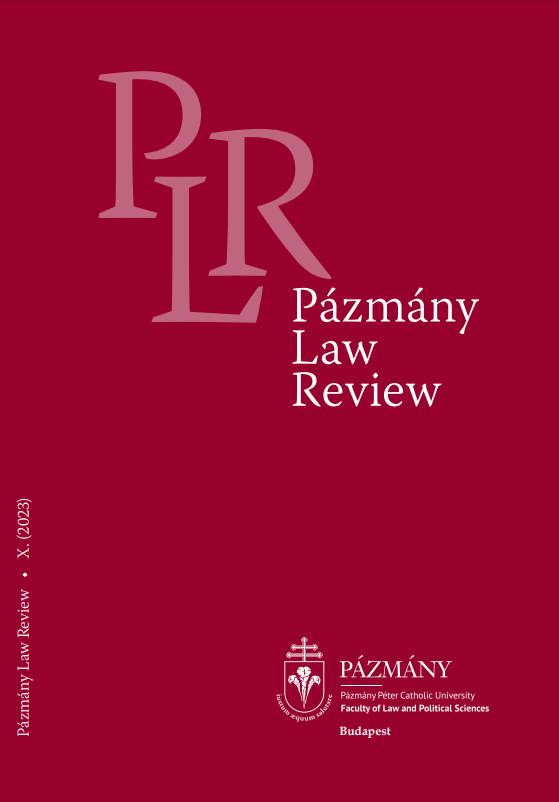A Text Type-Specific Approach to Plain Legal Language and its Implications on Machine Translation
Absztrakt
Most characteristics of the legal language go against the idea of plain legal language. However, there are huge differences regarding the extent to which these characteristics are manifested in various legal text types. That said, the need for plain legal language usage is also subject to the type of the given text. The paper introduces some typical scenarios of legal communication by grouping legal genres into functional text type categories, as the function of the text, together with its recipients, determine whether the complexity of legal language may or may not be disregarded in a given legal text. But even when simplification seems justified, there are serious obstacles and risks in using plain legal language, some of which are also approached from the perspective of genres and text types. It is suggested in the paper that regarding written legal texts, syntactical and structural changes are a safe way to increase comprehensibility as opposed to lexical alterations.





